Is Patient Lifting Causing You Pain? A Caregiver's Guide to Preventing Injury with the Right Equipment
If you're a caregiver, there's a good chance your back hurts. Or your knees. Or your shoulders. This physical toll is the unspoken reality for millions of family members and professional support workers who dedicate their lives to caring for others. The act of lifting and transferring a person with limited mobility, day after day, puts incredible strain on the body, and the risk of serious injury is alarmingly high.
In fact, musculoskeletal disorders are one of the most prominent injuries among healthcare workers, and as many as 20% of nurses who leave direct patient care do so to avoid the risk of injury. For family caregivers, an injury can be even more devastating, potentially compromising their ability to provide care at all.
Protecting your own health isn't selfish; it's a prerequisite for providing sustainable, long-term care. The right equipment is not a luxury—it's an essential tool for self-preservation.
The Unseen Toll of Caregiving: Why Manual Lifting is So Dangerous
Moving a person is not like lifting a box of the same weight. The human body is an awkward, unevenly distributed load, making the act of lifting inherently difficult and risky. Without proper mechanical assistance, your own body becomes the machine, and the repeated stress can lead to significant wear and tear.
The three most dangerous movements involved in a manual transfer are:
-
Bending: Reaching over a bed or bending down into a bathtub forces your spine into an unnatural, vulnerable position while under load.
-
Lifting: The initial lift places immense pressure on the lower back, which acts as the fulcrum for the entire movement. Repeated lifts weaken the back over time, dramatically increasing injury risk.
-
Carrying: Even a short carry from a tub to a wheelchair, often on a wet floor, demands intense work from your joints and stabilizing muscles, leading to strain and fatigue.
This cumulative strain can easily escalate into a debilitating injury, such as a pulled muscle, a hernia, or a slip-and-fall accident.
Why Even Standard Patient Lifts Can Fall Short
Patient lifts, like the well-known Hoyer-style lifts, were designed to mitigate these risks. However, they are not a perfect solution and can introduce their own set of challenges.
-
Risk of Equipment Failure: Even heavy-duty lift systems can malfunction. Caregivers have reported injuries from falling parts or from the strain of trying to catch a patient during an equipment failure.
-
The Problem with Slings: Properly positioning a sling under a person can be a physically demanding task in itself. If the sling is sized or positioned incorrectly, the patient may be insecure, increasing the risk of a fall.
-
Operational Strain: Maneuvering a large, heavy lift, especially on carpeted floors, can still require significant physical effort from the caregiver.
The Sling-Free Revolution: A New Standard in Caregiver Safety
A new generation of patient transfer devices is designed to eliminate the most dangerous movements associated with lifting. The Freedom Aqua Electric Lift Patient Transfer is a prime example of this evolution in care technology. Its design philosophy centers on protecting the caregiver just as much as the patient.
The key innovation is the sling-free, seated transfer mechanism. Instead of hoisting a person into the air, the Freedom Aqua's seat opens 90 degrees, allowing the user to slide onto the seat from a seated position, like the edge of their bed. The caregiver's role shifts from "lifter" to "guide."
This design directly eliminates:
-
The awkward bending and reaching required to place a sling.
-
The heavy, vertical lift that puts the spine at risk.
-
The anxiety and physical effort of stabilizing a person suspended in the air.
More Than a Lift, It's a Partner in Your Well-being
Investing in a device like the Freedom Aqua is an investment in your own health. By reducing the physical demands of daily transfers, you are actively preventing the cumulative damage that can lead to burnout and injury. This allows you to provide better, more attentive care for longer.
Consider the benefits for the caregiver:
-
Reduced Physical Strain: The electric lift does the heavy work of raising and lowering, controlled by a simple remote.
-
Ergonomic Design: Features like comfortable, adjustable handles and omni-directional wheels make maneuvering the lift smoother and easier.
-
Simplified Routine: The 3-in-1 design (transfer lift, shower chair, commode) means fewer transfers and less equipment to manage throughout the day.
Your ability to care for your loved one tomorrow depends on the steps you take to protect yourself today. Choosing equipment that minimizes physical strain is one of the most important decisions you can make. It's a choice that benefits not only your back, but also the person who relies on your strength and support every single day.
Ready to experience a safer, more dignified approach to home care? The Freedom Aqua Electric Lift can be purchased from , MedSupply.


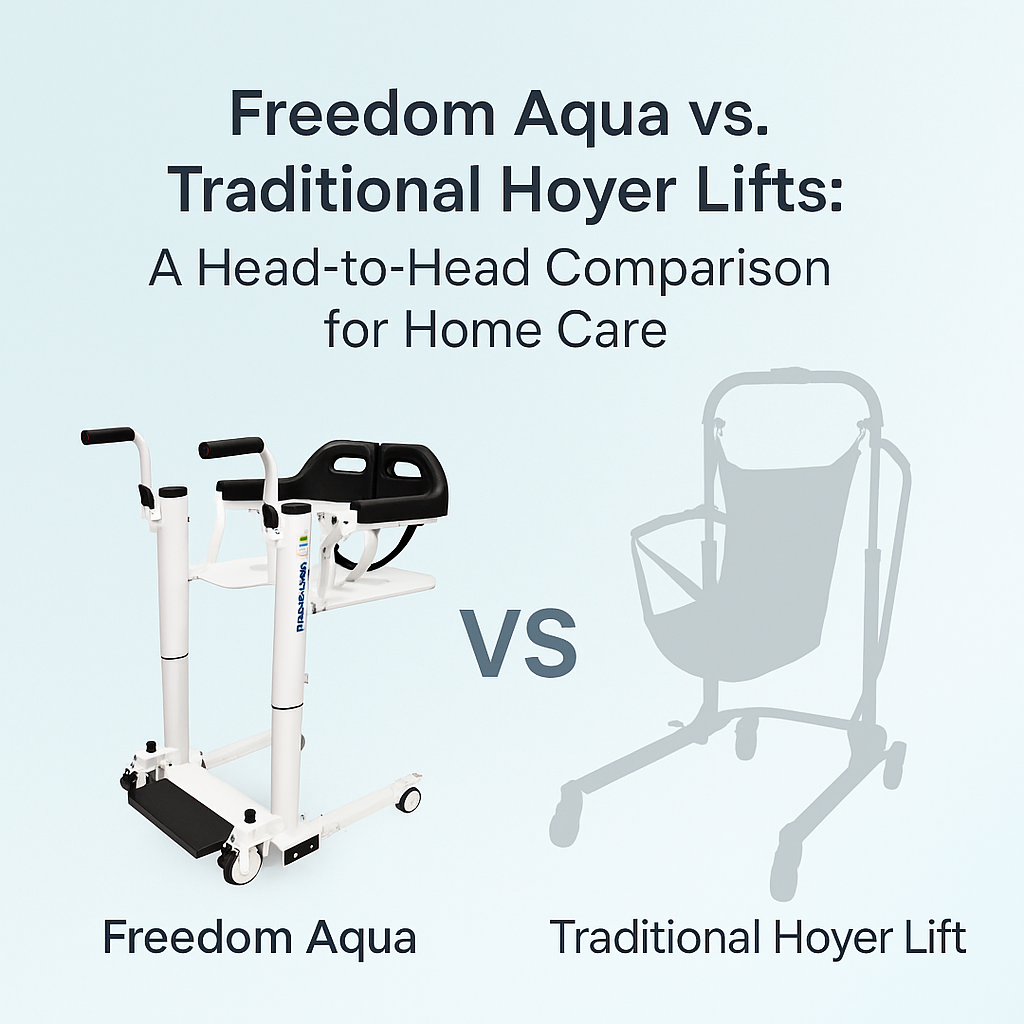
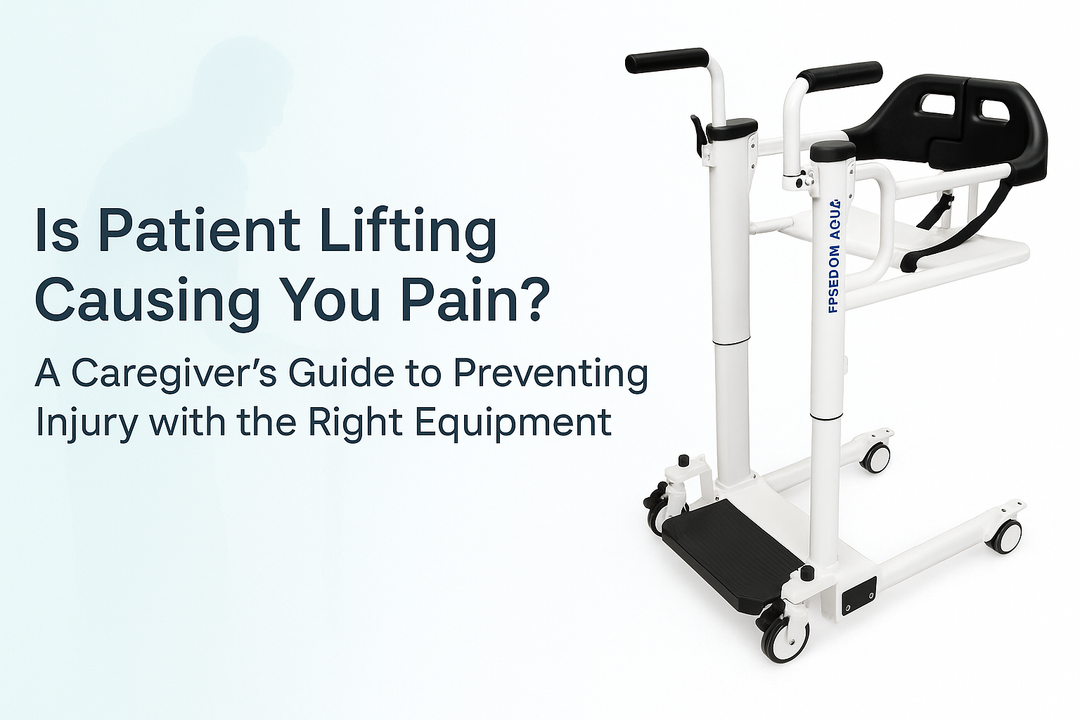
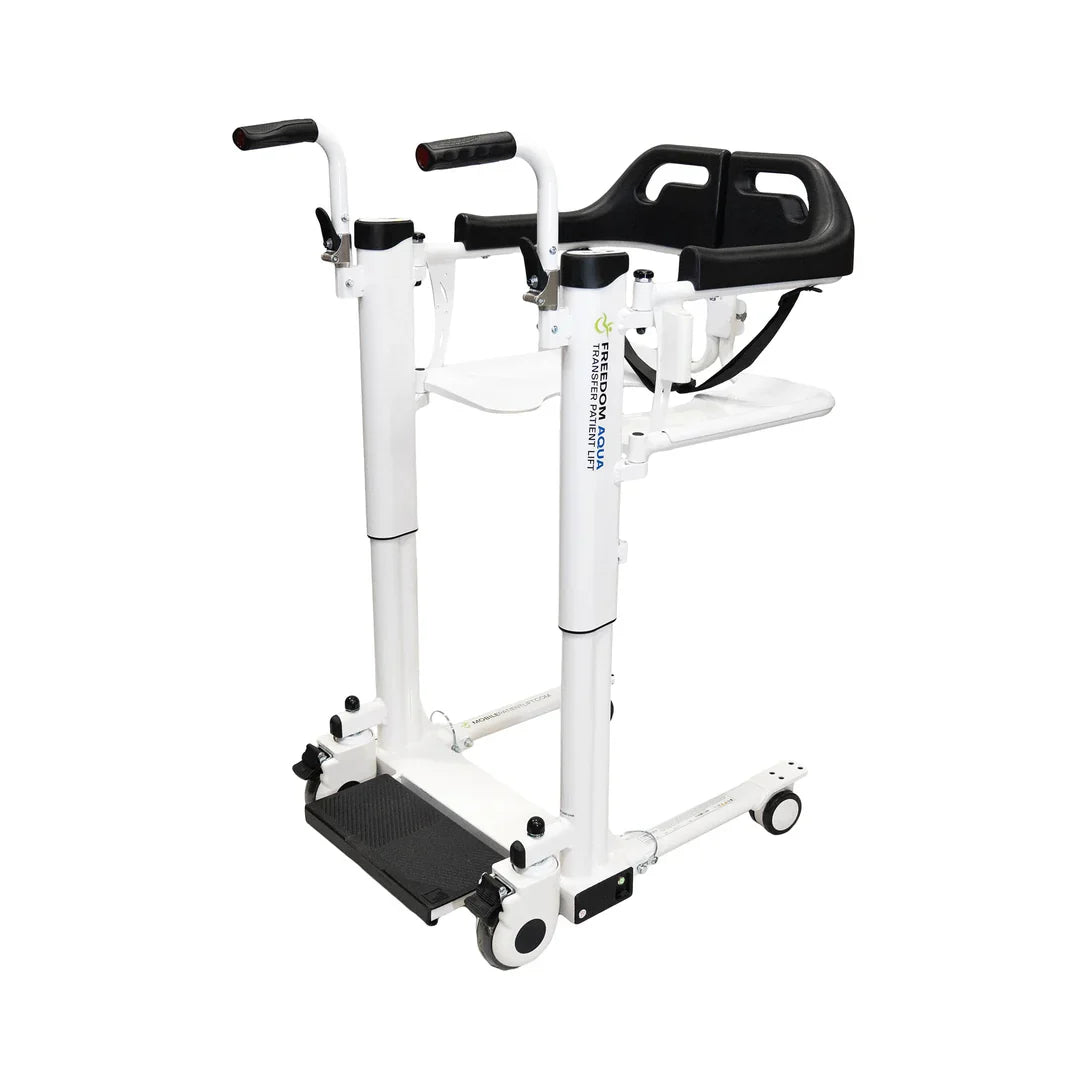
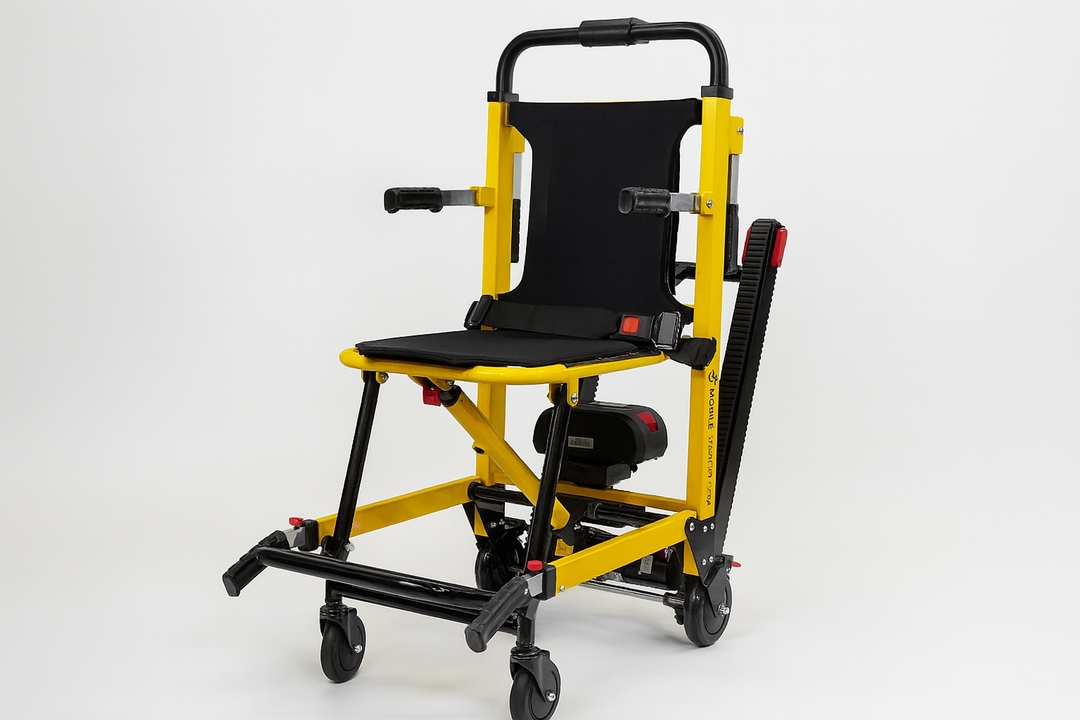
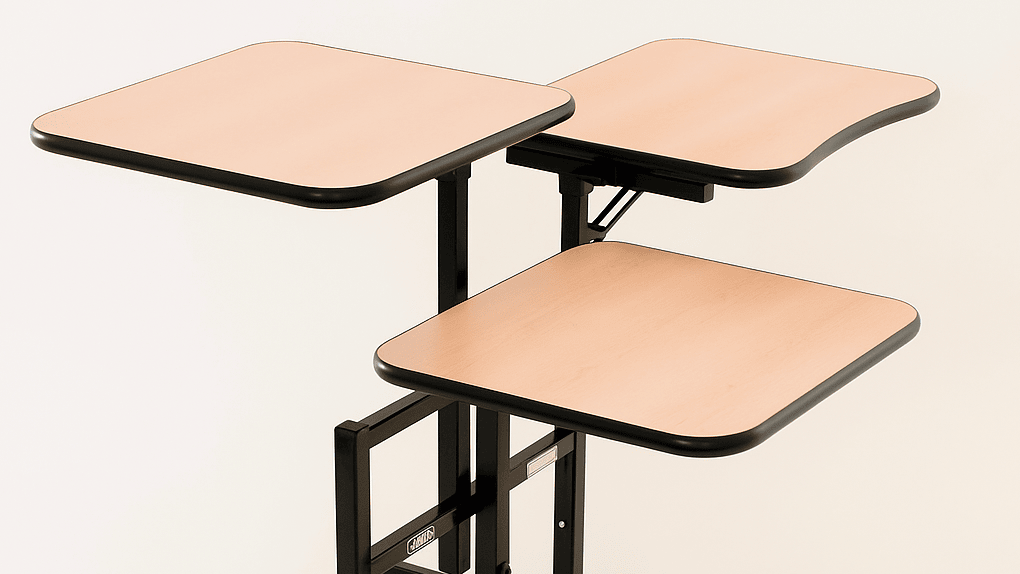
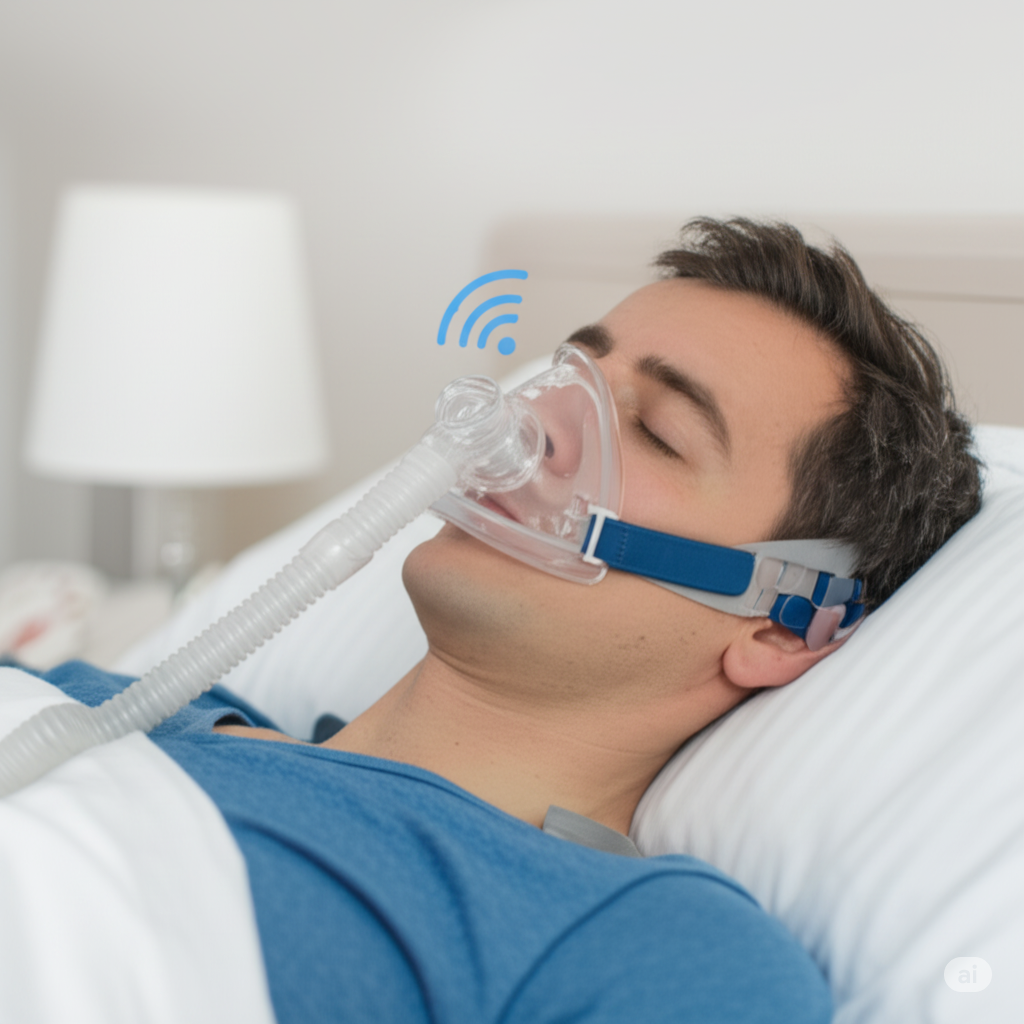
Dejar un comentario